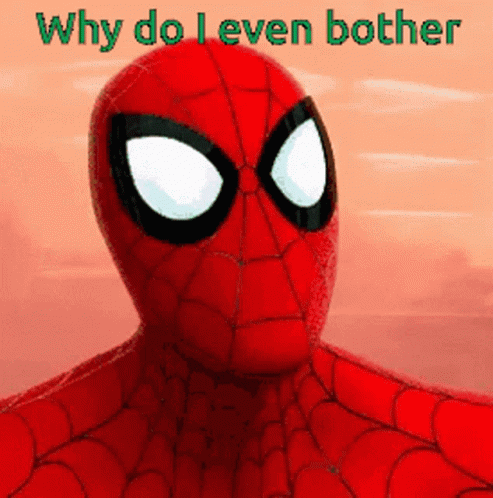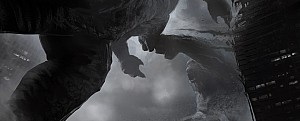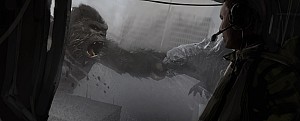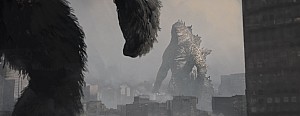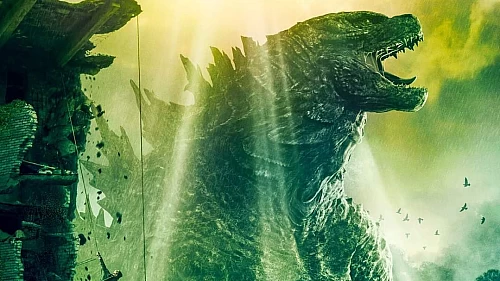Why American Godzilla Movies Hit Different
Godzilla 2: King of the Monsters Forum Topic
REEEe
MemberMothra LarvaeNov 21, 202220132 Views25 RepliesDisclaimer: This is not an essay to tell you not to enjoy this, or any other movie. This is not to persuade you to think one film is greater than another. This is merely an attempt to highlight the differences between 2 films, and what it could mean for films to come.
Of course there are big differences between the 1954 classic Gojira and the 2019 film Godzilla: King of Monsters. Separated by over half a century in time and many, many Godzilla films, there are many obvious changes that have influenced the making of these films. The modern predilections for jokes, CGI, and lighthearted action are easy culprits of the changing time. But the true separation lies somewhere else. It lies with the themes of these films and how they are antithetical to eachother.
Nuclear technology and its possible dangers is an underpinned theme in all Godzilla films. Whether someone breaks out the Geiger counter or the remarking of the Monsters dangerous aura there is always some instance where radiation is referenced. The 1954 film is stuffed full of references like this, with disasters and refugees, first aid clinics and press conferences, its got it all. Radiation is still present in the 2019 film, but it is hard to believe that both films are talking about the same kind of radiation. There is a promised “earth-healing” effect of the monster’s landfall in a very blindingly optimistic sense. A sort of miraculous blessing to have the monsters tread on the land. A gift from a loving and benevolent god. A nuclear bomb without the fallout. However the subjects of these gods also act in odd ways.
The human reaction to these Godzilla’s actions have a sharp contrast between films. In the 1954 film, it is the main consensus that the monster should be killed as to protect human life at all costs. It wreaks havoc in cities and villages, slaughtering many innocents in its path; making the consensus reasonable. The only critic comes from a lone scientist who wishes to study the creature, as it could be a goldmine of information and innovation to come. This makes for a consciously picked set of thought processes to choose from, as nuclear power in its study has the potential to both help and harm humanity going forward. The 2 sides in the 2019 film does not focus on Godzilla as the main subject of decision, it is humanity itself in the question. The humanitarian side of the cast fights on Godzilla’s side to keep on the monster’s benevolent side. This would prevent other monsters from destroying cities and slaughtering people, keeping humanity at status quo. The misanthropic side cites that humanity has caused untold damage through pollution, war, and overpopulation and points to the releasing of the monsters as a solution, no matter the losses. And the way these ideals are carried out has some differences as well.
In both films, the military is only an annoyance to the monsters, never being much effective in stopping them. The only effective response is the Oxygen Destroyer. In the 1954 film, the Oxygen Destroyer is a weapon of perfect killing. A weapon able to strip flesh from bone whether its from a fish or Godzilla. The scientist who created it had doubts in using it, as the weapon’s mere existence is an existential threat to humanity. The only solution for the scientist is to burn his research, use the last of the supply to kill Godzilla, and to take his secrets to his immediate grave. The 2019 film completely disregards any internal conflict as the military has it fully developed and ready to go. The explosion and floating fish corpses are merely cameos of what the Oxygen Destroyer once was, the impact of the weapon only lasting the few minutes its on screen. There is no reflection on the ethics of using such a weapon like in the 1954 film. Why are such differences present in these films.
The reason I suggest for the difference lies at the core inspirations of Godzilla, The Lucky Dragon No. 5 incident and the nuclear bombings of Nagasaki and Hiroshima. The Lucky Dragon was a Japanese fishing vessel which unwittingly sailed through the fallout of US nuclear testing. The resulting mélange of health issues plagued the crew and Japanese health system for years. The US in response refused responsibility for security reasons, which brings this to the real reason these movies feel very different.
“Victory is written by the winner” while not directly applicable, is the main issue in effect. Why wouldn’t the different perspectives be different? Japanese movies are written for Japanese audiences and American movies are written for Americans but knowing what is being left out can help show why it is being left out. It is easier to gloss over nuclear issues when the audience is not intimately familiar with disasters of such. If Captain America was in a Japanese movie, wouldn’t he be different? The one parallel that I find that shows this the most is Serizawa’s death. In the 1954 film, he sacrifices himself in the depths to slay the beast, but in the new film, to resurrect Godzilla.
So why would these differences matter? I would say reflecting on these issues brought up, the future of these movies is clear. They will likely become more lighthearted in action, the topics of discussion will be limited and safe, basically becoming a Marvel clone with wasted potential and safe American takes on popular issues. As audiences already complain of the terrible character writing, it will only continue to be an issue.
Replies to Why American Godzilla Movies Hit Different
Hey Guest, want to add your say?
Are you an avid Godzilla fan looking for a dedicated online community of likeminded fans? Look no further! Create your own profile today and take part in our forums and gain XP points for all the content you post!










